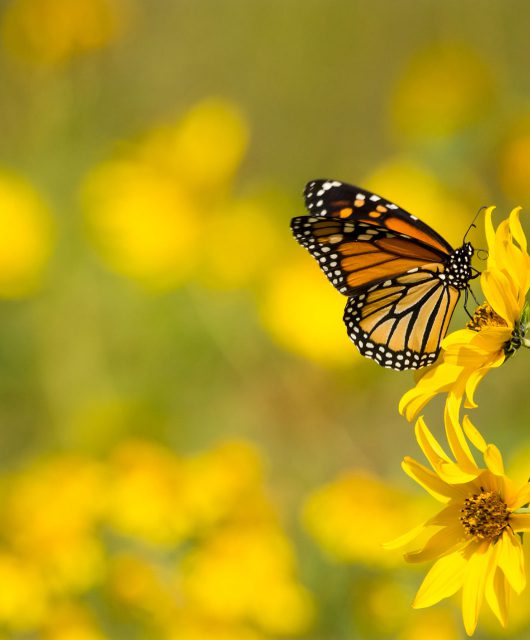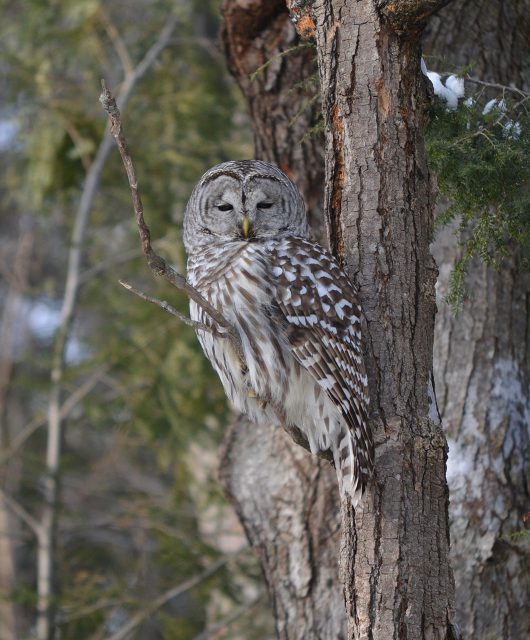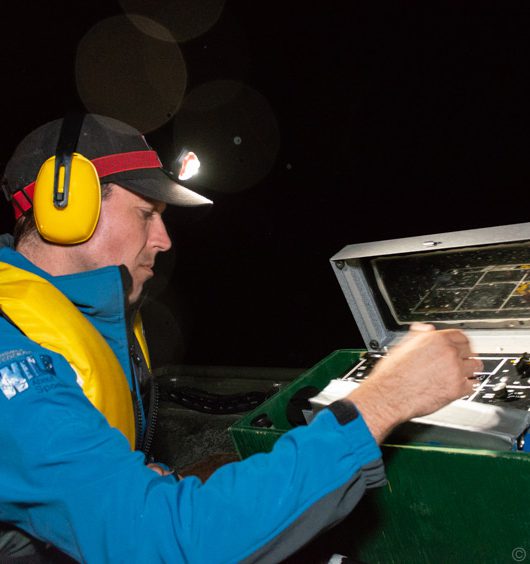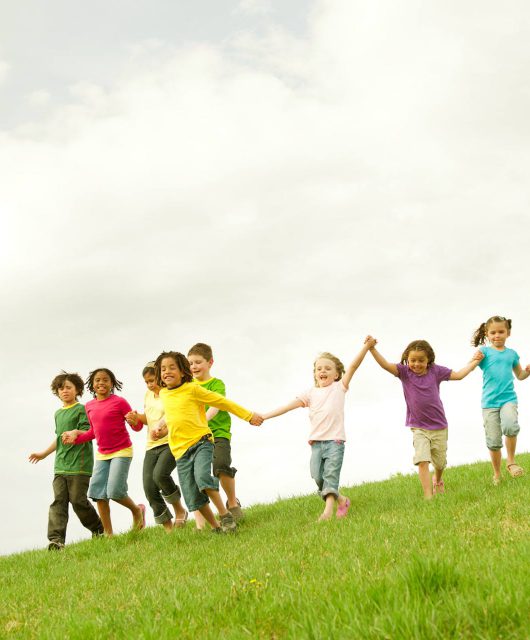The Canadian Wildlife Federation was fortunate enough in October 2023 to host Sean Landsman, PhD, in a one-hour public webinar.
In this webinar Sean gave us tips and tricks you can use in the field with whatever camera you have at your disposal, no matter its cost. Very kindly, Sean offered to answer some questions that we did not have time to address during the webinar.
Did you miss the webinar? Not to worry, you can watch the recording of the webinar here on the CWF website. Dr. Landsman very kindly offered to answer many of your questions we could not get to during the timeframe of the webinar.
There were even more questions that arose and CWF staff jumped in to answer.
Q: Are there ways that we can improve manual control of focus / image insects on glass more clearly, especially when using Seek?
CWF: There are a few options to improve focus when taking photos either through the iNaturalist app or using a digital camera. Most phones and cameras have a macro or portrait setting, both of which are better for focusing on the foreground of a subject – instead of taking the photo in the app, take the photo using your phones camera app, then upload the photo in the iNaturalist app. Just be sure that the app has also captured the location and accuracy, since this doesn’t always come through on all phones. For Seek, you can also choose to upload an image as opposed to using the Seek camera. But to note, Seek’s image recognition isn’t as good as iNaturalist since it’s built to be offline.
Q: What identifying markers should I capture when uploading observations of roadkill or dead animals?
CWF: When uploading observations of roadkill or dead animals to iNaturalist, it’s important to capture as much relevant information as possible to aid in the identification and documentation of the species. When uploading images, make sure to capture multiple angles of the animal, including its overall shape, size, and distinctive features. Take close-up shots of key characteristics like the head, feet, and any unique markings. By providing these details, you can contribute to the scientific knowledge and understanding of local wildlife, even in unfortunate situations like roadkill. iNaturalist’s community of experts and enthusiasts can use this information to identify the species and contribute to research and conservation efforts. But not everyone on iNaturalist is interested in seeing roadkill photos. Since the first photo is the one that users will initially see, some users upload a generic image or text saying caution roadkill photo. This is considerate for the other users, but may be problematic for iNaturalist’s training of it’s image recognition – the training is done on the first photo of observations, so it may cause images to be misidentified if it starts thinking text is associated with roadkill.
Q: What strategies is iNaturalist pursuing to improve its ability to identify different freshwater algal communities?
CWF: The accuracy of iNaturalist’s auto identification depends on how many observations of a given species are in the system to train the identification model. The algorithm needs many different and accurate photos to be able to learn to provide the correct suggestions. So the auto identification of common species tends to be much more reliable. Algae in general may be extremely difficult to differentiate by photo and as an example, there are 186 different species just of green algae, in Canada.
Q: Should I take pictures of the same species over a period of months or years (E.g., to show that they are still in the area?)
CWF: Yes, taking pictures of the same species over a period of months or years can be valuable for a variety of reasons, especially if you want to show that a species is still present in a particular area. By documenting this information, you can provide valuable information for long-term monitoring, seasonal variation, range changes and conservation.
Q: Is there is a time limit to posting on iNaturalist? Can I contribute photos that are not necessarily current?
CWF: No, iNaturalist does not have a strict time limit for posting observations, which means you can contribute photos that are not necessarily current. You can upload observations of past encounters with species as long as the observations meet iNaturalist’s guidelines and terms of use. You’ll just have to be able to remember where the photo was taken so you can add a location to your observation. In fact, historical observations can be quite valuable for documenting changes in species distribution, behavior, and populations over time. However, keep in mind that iNaturalist may prioritize more recent observations in some features of the platform, such as species checklists or map displays. This is because more recent data is often more relevant for certain types of research and conservation efforts. Nevertheless, your older observations are still valuable and can contribute to the overall knowledge and understanding of biodiversity.





